
Active ingredients in agriculture : The key to success
Learn how the addition of biological active ingredients, such as beneficial fungi and bacteria, helps stimulate and improve the health of agricultural soils and increases crop yields.

Active ingredients in agriculture : The key to success
Learn how the addition of biological active ingredients, such as beneficial fungi and bacteria, helps stimulate and improve the health of agricultural soils and increases crop yields.
The addition of active ingredients, such as beneficial fungi and bacteria, helps stimulate and improve the health of agricultural soils and increases crop yields.
|
A healthy soil facilitates plant growth by making mineral elements and water available. To help your crops thrive, AGTIV® has selected 4 biological active ingredients: mycorrhizae, rhizobium, Bacillus and Serendipita. Used on their own, each has a positive impact on your crops:
|
AGTIV® active ingredients |
|
Our mycorrhizal fungi:
Our endophytic fungi:
Our rhizobial bacteria:
Our Bacillus bacteria:
|
Table 1. AGTIV® biological active ingredients properties
| PROPERTIES | MYCORRHIZAE | RHIZOBIUM | BACILLUS | SERENDIPITA |
| Increases resistance to ABIOTIC STRESSES (drought, compaction, salinity, freezing) | X | X | ||
| Stimulates GROWTH | X | X | X | X |
| Improves SOIL STRUCTURE | X | |||
| Improves assimilation of WATER | X | X | ||
| Improves assimilation of NUTRIENTS | X | X | ||
| Fixes atmospheric NITROGEN | X | |||
| Increases CHLOROPHYLL content | X |
Biological active ingredients have positive effects on crop yields when used alone, or in combination. Combined inoculation offers the benefits of each organism and amplifies their effects.
This is what we call tripartite synergy: a collaboration between the plant, the fungi and the bacteria. Synergy can also be between the plant and two bacteria.
Of course, it's important to ensure that the active ingredients are compatible with the crops.
We also need to validate the compatibility of active ingredients with each other and with other inputs such as pesticides.
Once these compatibilities have been tested and the dual-action inoculation has been performed, tripartite synergy occurs!
...And you get an exponential effect on your returns.
The rhizobium-mycorrhizae combination allows you to benefit from the advantages of each and synergize to further enhance their effects.
This tripartite synergy generates a number of benefits and is widely studied and documented by the scientific community.
Mycorrhizae provide nutrients and water that are inaccessible to the plant:
Rhizobium provides nitrogen to the plant:
Mycorrhizae and rhizobium work together:
Compatibility of bacteria and mycorrhizae
Compatibility with mycorrhizal fungi is specific to certain bacteria.
The bacteria selected by AGTIV® are highly compatible with the fungus. This high compatibility enables the rhizobium to multiply along the hyphae of the fungus. Nodules can therefore form on other sections of the root system, and in greater quantities.
More nodules on a larger part of the roots will supply more nitrogen to the plant, which will then grow better.
 |
|||
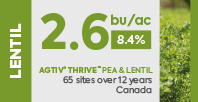 |
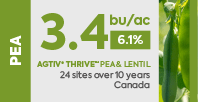 |
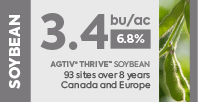 |
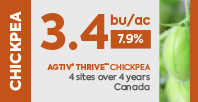 |
Rhizobium and Bacillus bacteria work closely together to create a healthy environment around the roots.
Bacillus forms a biofilm around roots and rhizobium nodules. This biofilm promotes a healthy environment that favors growth.
Rhizobium fixes the nitrogen required for protein production via nodules. These act as production factories, transferring the nitrogen into a form the plant can use.
This nitrogen ensures better growth through more active photosynthesis. In turn, the plant supplies sugars and phosphorus to soil bacteria, further stimulating their beneficial effects.
The symbiosis between a mycorrhizal fungus, Bacillus and a plant is particularly effective in potato cultivation. It is also perfectly suited to field cultivation.
Mycorrhizae provide access to more nutrients and water:
The fungus deploys its network of hyphae, establishing a symbiotic relationship with the plant's roots. The fungus receives sugars and lipids from the plant. In exchange, it transmits phosphorus, iron and water.
The high-performance strain of fungus used in AGTIV® rapidly colonizes roots. The fungus creates an extensive network of hyphae that explore the slightest crevice in the soil in search of nutrients and water. The earlier the plant is inoculated, the longer it benefits from the effects of this mycorrhizae-Bacillus symbiosis. We therefore recommend inoculating as soon as possible after planting.
Bacillus promotes a healthy environment:
Bacillus colonizes the plant roots and hyphae of the mycorrhizal fungus. It produces a biofilm around the roots and hyphae. This biofilm contains lipopeptides, which create a healthy environment for the roots, promoting mineral and water uptake!
Both microorganisms contribute to the success of your harvests:
The fungus promotes the growth and expansion of the bacteria in the soil. The bacterium promotes the development of the fungus. Both help the plant to grow better.
AGTIV® is a Premier Tech brand.
Choosing Premier Tech means choosing...
We strongly believe that the quality of an inoculant makes all the difference!
Our proven formulations are based on these key elements:

With the arrival of spring, farmers everywhere are gearing up for another season of growth and abundance. And here at AGTIV®, we're thrilled to be your partner in planting success!
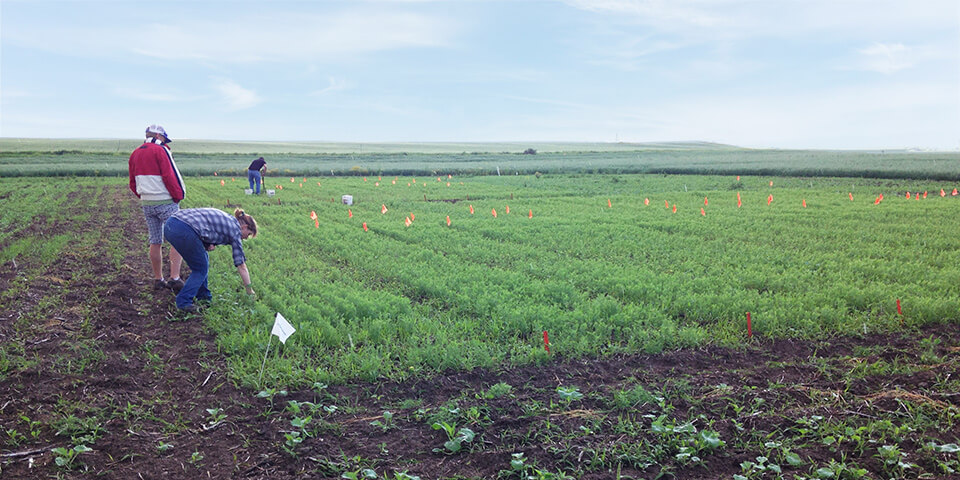
Find out how Premier Tech has been able to implement the investments, the infrastructure and partnerships needed to develop mycorrhizal fungi and other natural active ingredients.